On the southwestern edge of Europe, on the Iberian Peninsula, lies one of the oldest nations on the continent, Portugal. It is a country that has been inhabited since pre-historic times by different groups of people. It is also a country that is widely diverse in its beauty and landscape with each region differing from the next. So read on to discover the 7 beautiful regions of Portugal!
The 7 regions in Portugal
Portugal is a nation with a rich history and this is evident in the development of its regions. On mainland Portugal there are 5 regions and there are 2 autonomous regions in its islands out in the Atlantic Ocean. The regions are
- Northern Portugal
- Central Portugal
- Lisbon and Tagus Valley
- Alentejo
- Algarve
- Azores Islands
- Madeira Islands
Despite the proximity of the 5 main regions to one another on the mainland, each is physically and culturally distinct from its neighbour and these are described in a little more detail below. The same can be said of the two archipelagos of the Azores and Madeira Islands.
Within each region are districts, of which there are 18 on continental Portugal, and within those districts are municipalities (like counties) of which there are 308. Within each municipality, or concelho, there are parishes and civil parishes, or freguesias.
Map of Portugal regions
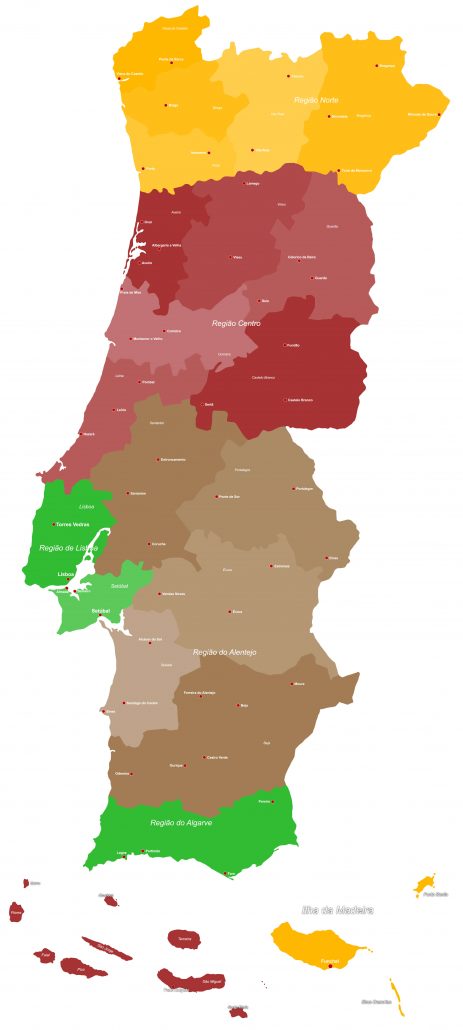
Map Legend: Top Yellow = North, Red/Pink = Central, Central Green = Lisbon and Tagus Valley, Brown = Alentejo, Bottom Green = Algarve, Yellow Islands = Madeira Islands and Red Islands = The Azores.
Northern region of Portugal
The Northern region of Portugal is the most populous region of Portugal with over 3.5 million inhabitants. The main city in the region is Porto, the largest city in the country. Other notable cities and towns include Braga, Vila Nova de Gaia, Guimarães and Vila Real.
Northern Portugal is possibly one of the most beautiful regions, particularly if you like stunning landscapes. It is a region of dense vegetation, meandering rivers and is quite mountainous. Its peaks, known as serras, are located within designated parks including the Peneda-Gerês National Park, Montesinho Natural Park and the Alvão Natural Park. The coast is defined by long stretches of sandy beaches and dunes.
The main river in the region is the Duoro, and it is the most important as it gives rise to one of the best wine regions of Portugal, the Duoro Valley. Portugal is most famous for Port and it is produced from grapes grown in the Duoro Valley, making it one of the best wine regions to visit in Portugal.
The eastern part of the region has a climate that sees hot summers and long, cold winters while the western part of the region has temperate summers and mild winters influenced by the Atlantic Ocean.
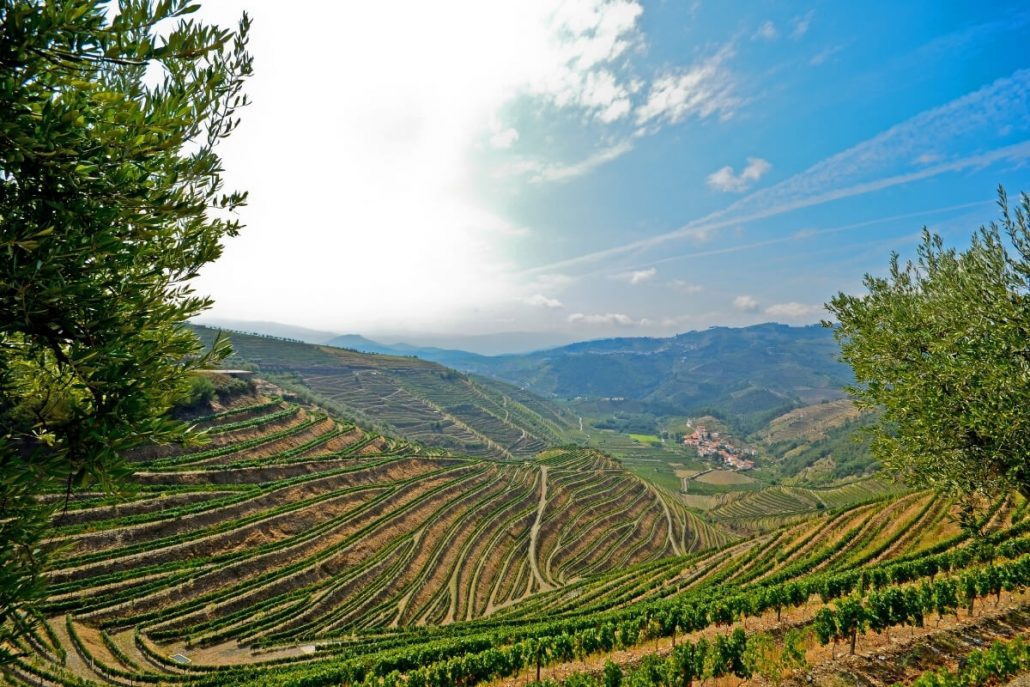
Central region of Portugal
Central Portugal is a region that spans east to west and lies south of Porto and north of Lisbon. It is home to one of Portugal’s largest excavated Roman settlements, Conímbriga, near Coimbra, one of the largest cities in the region. Other cities and towns in the Central region of include Aveiro, Caldas de Rainha, Leiria and Castelo Branco.
The Central region has a diverse landscape with an abundance of streams, rivers, forests and arable land. The eastern border with Spain is dominated by a mountainous landscape in which there are many fortified castles and stone fortresses. In the interior there is also a mountainous region in which you will also find the highest point in continental Portugal, the Torre, located in the Serra da Estrela Natural Park. The green, rugged landscape is criss-crossed with rivers and its outer coastal plain has sandy beaches, the most famous of which is Nazaré which encounters huge waves in winter, popular with surfers.
This region of Portugal is one of the most industrialised thanks to excellent transport links with both Lisbon and Porto. Industries found in this region include paper, chemical, motor vehicles, electronic appliances and food. The region also has good higher education, medical and research and development industries.
The climate is similar to that of the Northern region with the east having hot summers and cold winters, and the west having warm summers and mild winters, with a cooling Atlantic breeze keeping its summer temperatures slightly lower than the eastern half of the region.
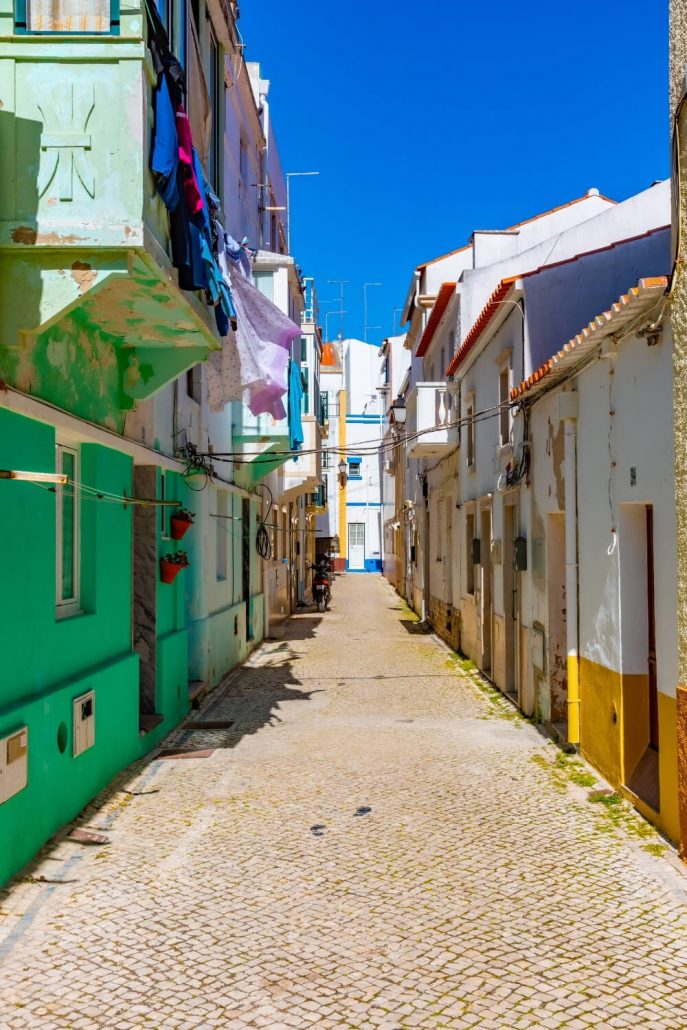
Lisbon and Tagus Valley region of Portugal
The second most populous region of Portugal is the Lisbon and Tagus Valley with nearly 3 million people inhabiting this part of the country. Notable towns and cities located in this area include Setúbal, Sintra and Cascais.
The Portuguese capital is the dominating city in this region and the rest of the region surrounds the banks of the Tagus River. The region is sub-divided into the Grande Lisboa sub region, north of the Tagus, and the Setúbal Peninsula sub region, south of the Tagus. Grande Lisboa is the most densely populated sub region and has the largest industrial output in the country.
This region is dominated by the Tagus River and Lisbon is built on seven hills. The region is hilly, with Sintra being another city dominated by a hill. Aside from the two autonomous archipelagos, this region of Portugal is the smallest.
Along with the hills, mountains and rivers, this region of Portugal also has a coastline that is varied with craggy cliffs and desolate beaches and forest-covered hills that overlook the Atlantic coast. Its climate is warm summers and mild winters thanks to its coastal position. If it’s hustle and bustle you are after, this region will appeal the most.
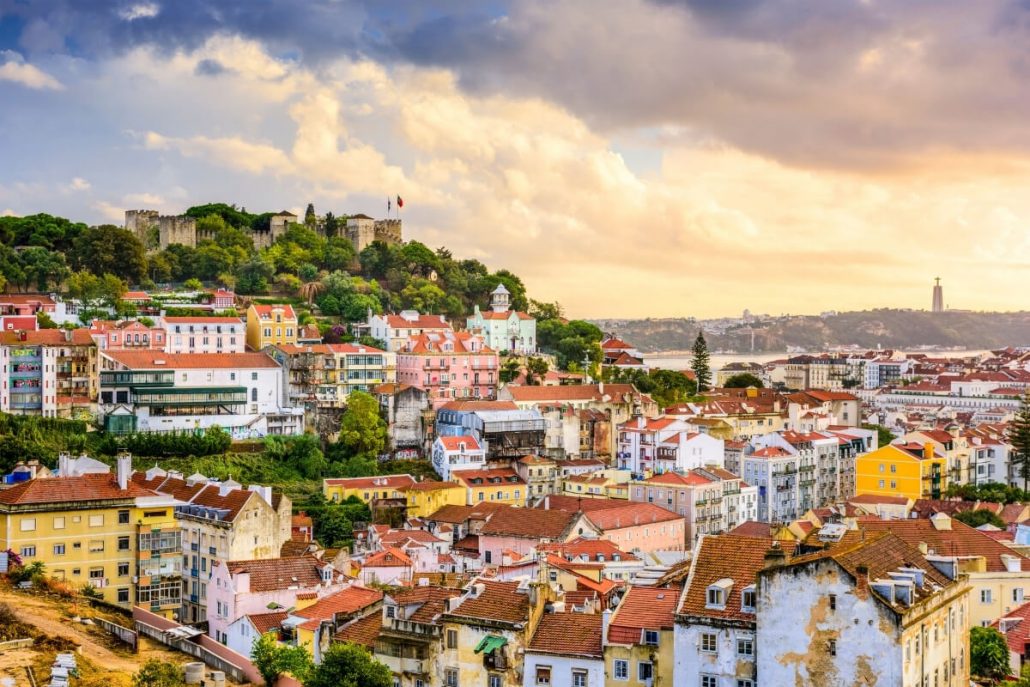
Alentejo region of Portugal
The least densely populated region is the Alentejo in Portugal. Located south of Lisbon and north of the Algarve, it spans from the Silver Coast in the west to the Spanish border in the east. It is also the largest region in Portugal. The main city in the region is Évora, a city with both a Roman and Medieval history. Other cities and towns include Beja, Elvas, Portalegre, Moura, Sines and Santarém.
This region of Portugal is one of the flattest with rolling fields, some gentle hills, fields and forests. It is very much a region which resembles countryside and has a large agricultural industry to it, thanks to large open plains. The coast is rugged and hilly with secluded beaches and coves between cliffs. The flat landscape of the Alentejo is dotted with cork and olive trees that can withstand the dry, hot summers this region experiences, particularly inland and to the east of the region. Like much of the other regions, the summer heat is less intense along the western coast.
If you are looking for peace and tranquillity, in a largely rural countryside, the Alentejo region of Portugal is the best. It has a very laid-back feel to it with picturesque, traditional Portuguese villages and towns aplenty.
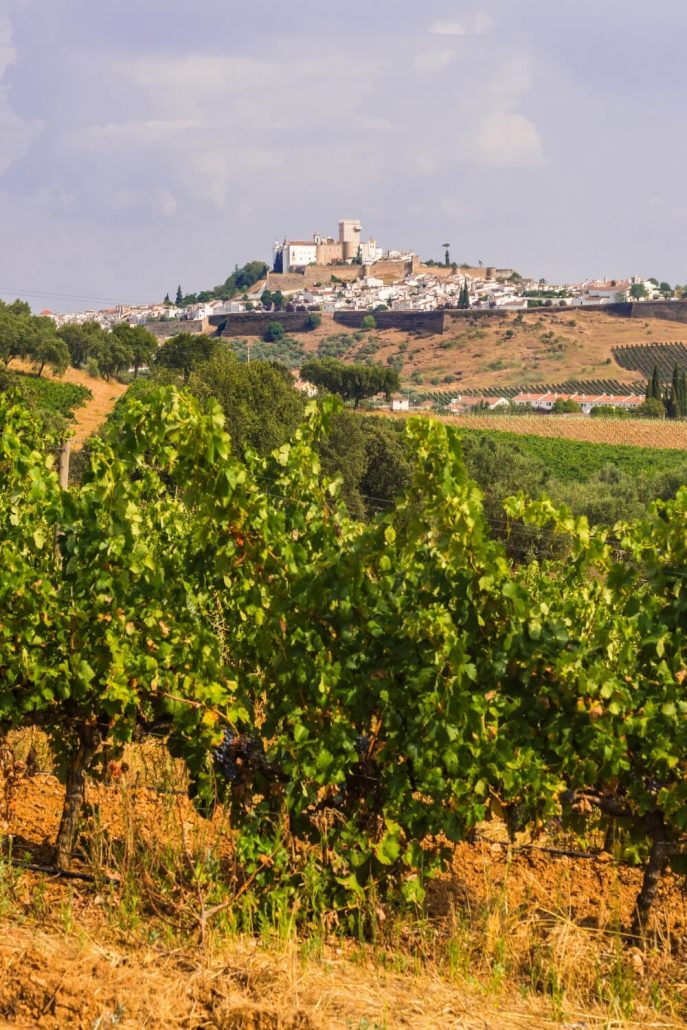
Algarve region of Portugal
The southernmost region of continental Portugal is the Algarve. This is a popular summer destination for both natives and foreign visitors. The capital city of the region is Faro where there is an airport with links to most of Europe, and a university. Other cities and towns of note in the region include Portimão, Lagos, Albufeira, Tavira and Vila Real de Santo Antonio. It is a region of Portugal that has been inhabited since Roman times, although human presence in the region dates back to Paleolithic and Neolithic times.
This region is dominated by a coastline that is dotted with many sandy beaches. Some cliffs are also located along the coast and the border between it and the Alentejo is dominated by hills and mountains. There are also limestone caves and grottos to be explored, particularly around Lagos. The region is also home to the Ria Formosa Nature Reserve, a haven for migrating birds.
The main industry in the Algarve is tourism. The majority of the summer economy comes from tourism, although there are winter visitors in the form of mostly Northern Europeans who flock to the warm Algarve to escape the cold winters of Norway, Sweden, Holland, Germany and Belgium. The other main industry of the region is food, combining seafood from the waters around its coastline, to fruit including citrus fruits, fig, plums and almonds.
The Algarve is one of the warmest regions of Portugal thanks to its southern location. Mild wet winters are offset by warm to very hot, dry summers. It is not unheard of for the Algarve to near drought towards the end of summer. While you can experience cold temperatures during winter they are not as long lived as those in the north of the country. It is a well-developed region and the most pleasant to live in during winter.
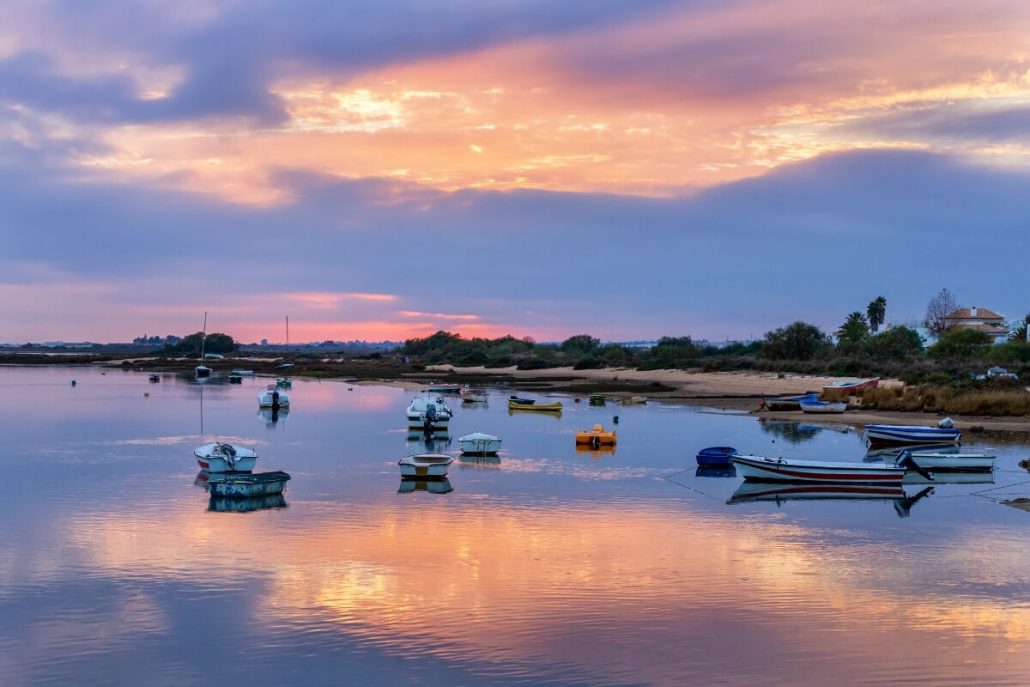
The Azores Islands
This archipelago consists of nine islands and several smaller islets in the Atlantic Ocean and they lie one third of the way between Europe and North America. Discovered by the Portuguese in the late 15th century, they are autonomous as they have their own government and administration, separate from Lisbon. The main city of the Azores is Ponta Delgada. Other large towns and cities include Lagoa, Angra and Horta.
The Azores are volcanic islands, although there has been no recorded activity for centuries. They are dominated by lush volcanic fields, volcanic tubes and other structures, subtropical forests, crater lakes and brown sandy beaches. The Azores are where the highest peak in all of Portugal can be found.
Among its main industries are farming, agriculture, fishing and tourism, which has been growing in recent years. Due to their remoteness, the culture, language dialect, cuisine and traditions vary considerably compared to continental Portugal.
The islands have a very mild climate considering their northerly position, thanks in part to the Gulf Stream. Temperatures remain mild year-round with averages typically between 16 and 25 degrees Celsius. The climate is also often wet and cloudy, leading to the islands being humid throughout the year.
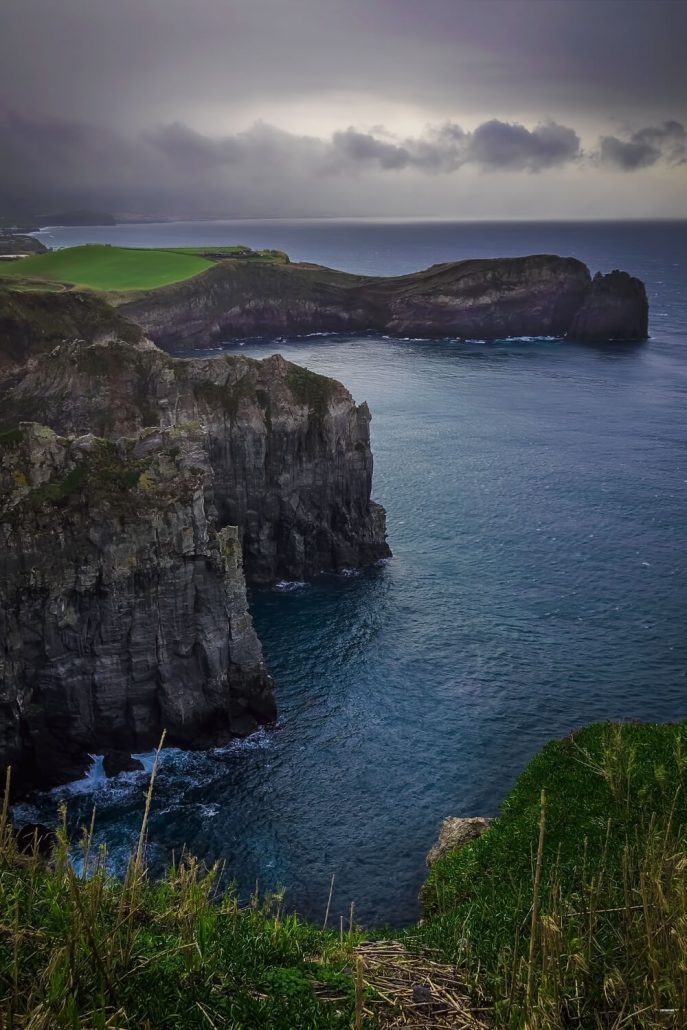
The Madeira Islands
The Madeira archipelago has two main islands, Madeira and Porto Santo, along with two uninhabited groups of smaller islands. Often referred to as the ‘Garden Island’ or the ‘Pearl of the Atlantic’, the Madeira Islands lie closer to Africa than the Azores, just 400km north of the Spanish Canary Islands and are thought to have been discovered and subsequently inhabited in the 15th century. The capital of Madeira is Funchal and other large cities and towns include Santa Cruz, Câmara de Lobos and Machico.
Madeira Island is the largest of this archipelago and is quite mountainous in the centre, with sea cliffs, valleys and ravines extending from the central spine to the coast. The island of Madeira is dominated in the north by lush laurel forests and agricultural and urban towns to the south.
Madeira is another of the best wine regions in Portugal, with its main industries being Madeira wine and tourism. Many European cruise ships make stops at Funchal. Porto Santo Island is totally dedicated to tourism due to its 9-km long sandy beaches. Madeira Island has many levadas, or aqueducts, which were built to bring water from the wetter north to the drier south. Walking and hiking trails often follow alongside and are popular with visitors. Another popular tourism activity is whale and dolphin watching.
The islands have biodiverse, sub-tropical climates and Madeira itself has differing climates from north to south. Overall, the climate is dominated by the Gulf Stream, giving rise to mild to warm year-round temperatures. However, snowfall on the mountains of Madeira is common in winter.
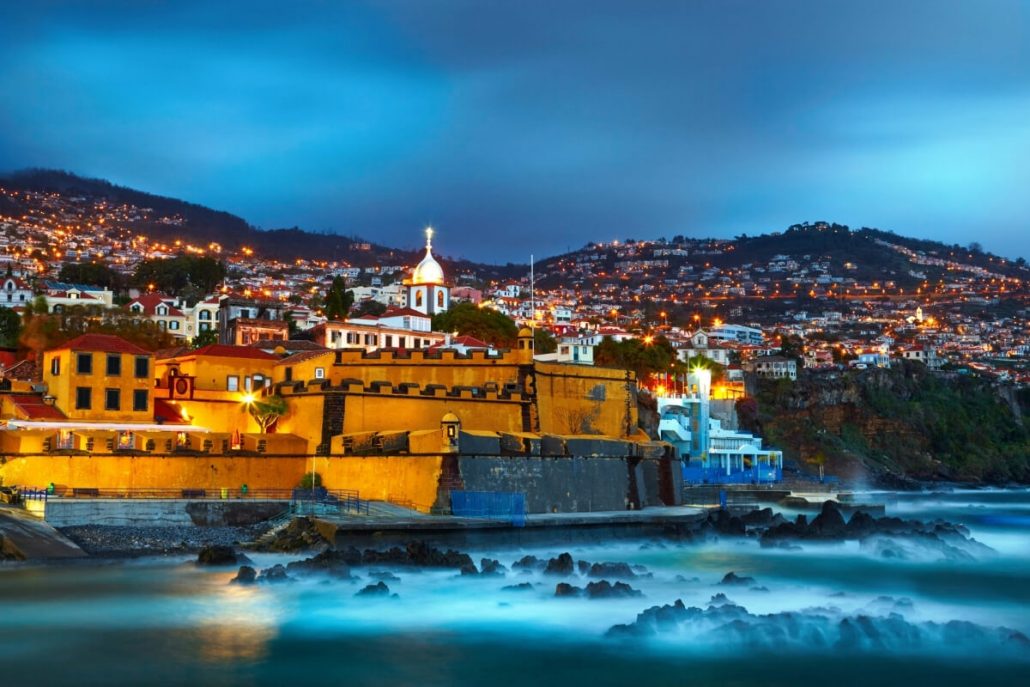
The regions of Portugal offer an incredible amount of different things to see, do and experience. Natural beauty is in abundance across all of Portugal, whether it be mountainous areas, rivers, gentle rolling fields or an equally varied coastline. The decision for you is: which one do you start with!?
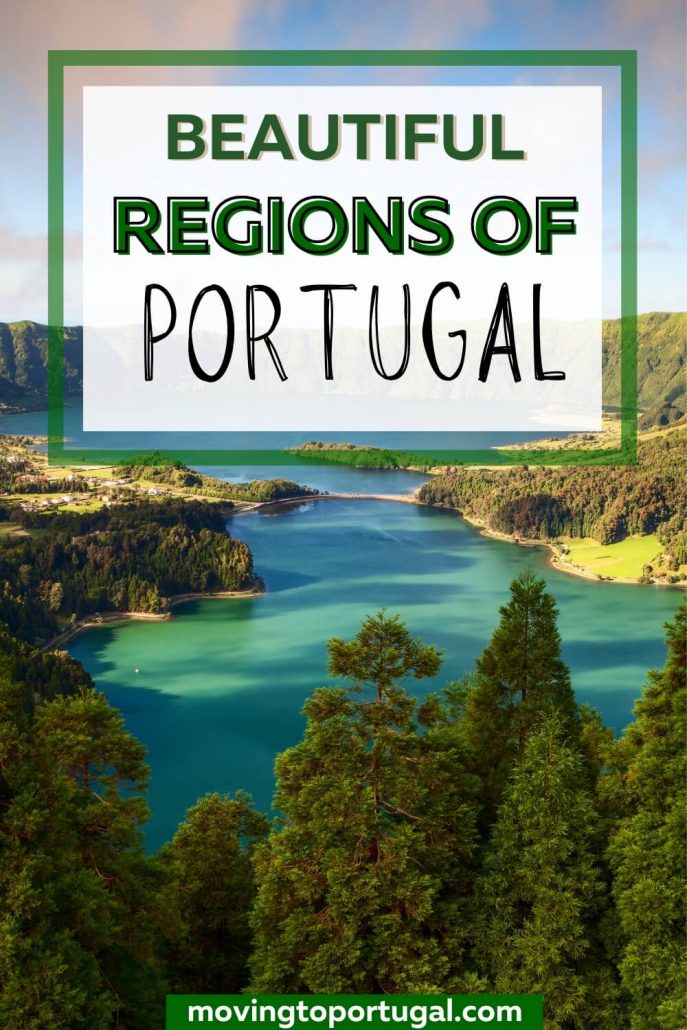

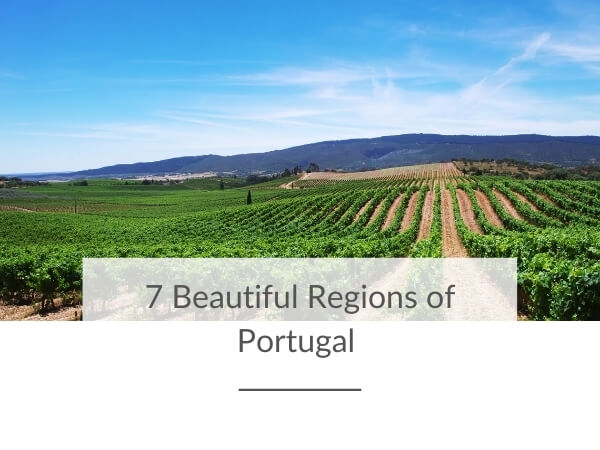


Great introduction to Portugal! I’m considering relocating to the country once the pandemic is under control in the EU and look forward to reading the rest of your site and blogs, especially material related to buying property.